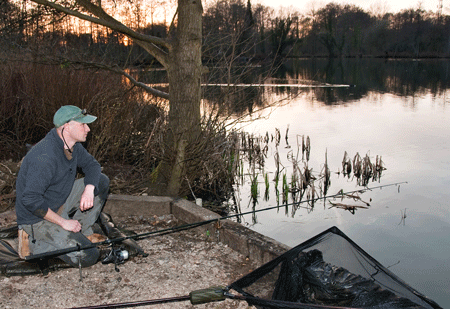
Surface signs
Keep your eyes peeled at all times for signs of carp showing. On most waters with a reasonable head of carp there will still be odd shows in all but the most vile conditions. There’s only so many ways and so many times you can make the point that the carpers who look for signs of carp will see them and those who sit inside a bivvy with the radio on or make round after round of tea and socialise are more likely to miss those clues.
First light often sees odd carp rolling or head and shouldering, and late in the day and after dark is a consistent period for carp to give away their whereabouts. Wherever carp show themselves you need to be fishing.
Just one carp showing can put you on to an area that contains dozens or on some venues hundreds of carp. Recast baits where carp are showing or move swims!
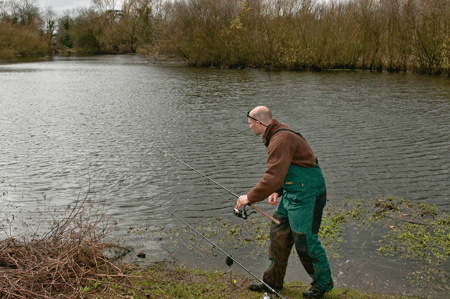
Calm carpy water
Wind direction tends to play much less a part in dictating where carp want to be through the colder months, other than as a rule they will be sat off the back of cold winds where the water is chilled less. Avoid fishing with the wind in your face as you would often choose to through the summer. Big winds and milder weather do move carp around more, but I’ve found over the years it simply tends to make carp more catchable and responsive where they are already sat rather than encourage them to be right down in the teeth of it.
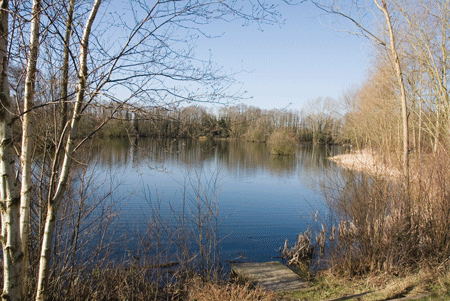
Middle diddle
MANY times we have no clues where to start on venues, so if there are no signs of carp showing and nothing else to go on, try and pick a swim that offers as big a panorama as possible to view the water all over the lake. You will be much more likely to see carp when they do give themselves away. Being tucked in a tiny corner swim is fine if you know there are carp about, but they also mean carp can be showing where you can’t see them. Swims that offer good visibility also tend to access more water giving you options for exploring different areas and moving baits to try and locate fish.
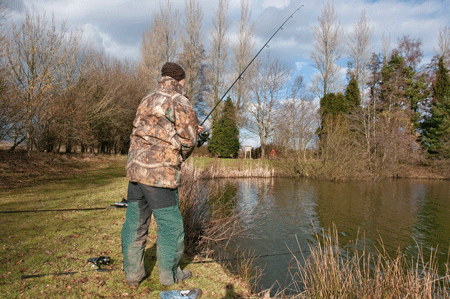
Safely snaggy
Carp behave differently on all waters but on smaller venues where there is any amount of cover the best starting point is to look around snaggy areas. They are a magnet to winter carp, and even smaller fallen trees or areas of tree line and inaccessible overhang can harbour dozens of fish. Look for the biggest areas of woodwork in the water and try baits tucked tight up against them. Carp will happily spend much of their time in the winter in and around snag trees even when the water around them is shallow. If there are numbers of snaggy areas and margin bushes and overhangs, try baiting all of them and dropping rods in each spot in rotation, covering a lot of water quickly and often resulting in very quick captures.
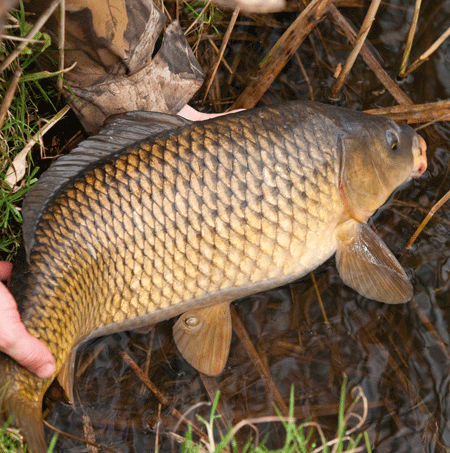
Last out
If you aren’t catching, keep an eye on where carp have been caught from recently. Often carp will be localised in one or two areas and plugging away in favourite swims is daft if the only fish being caught are from specific places. You don’t have to jump in a swim every time you hear someone has caught a fish from it, but mentally noting where fish are still being caught can help you narrow down the best areas.
Advantageous Concerns of Preschool Programs for Children
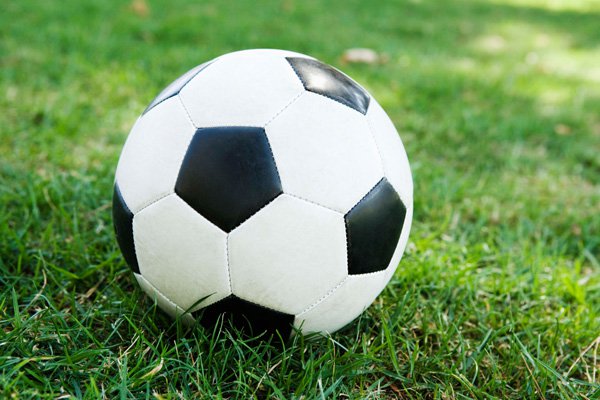
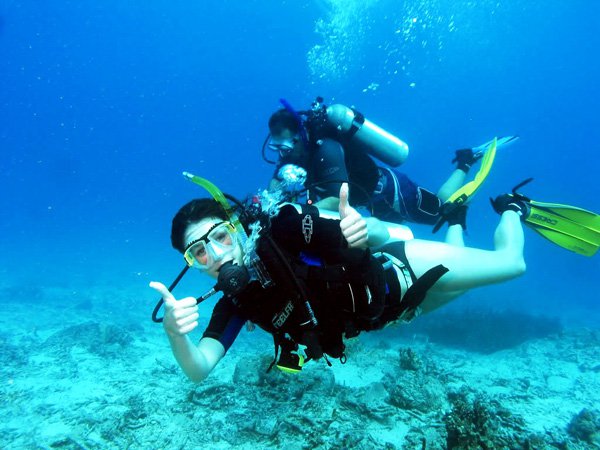
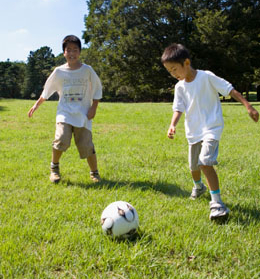
Copyright © www.mycheapnfljerseys.com Outdoor sports All Rights Reserved